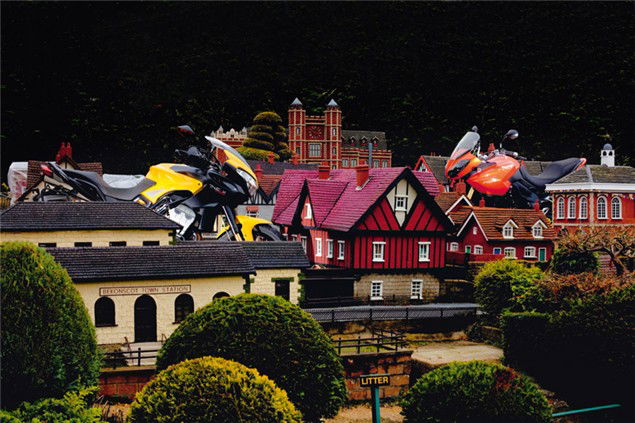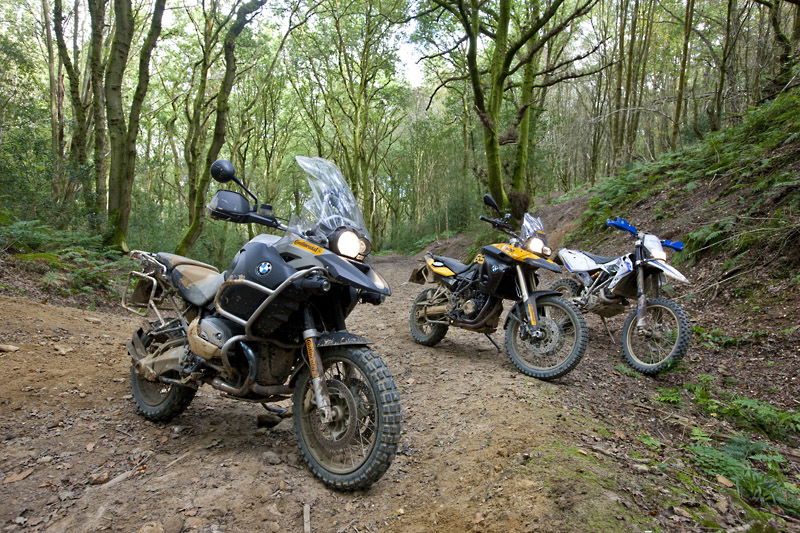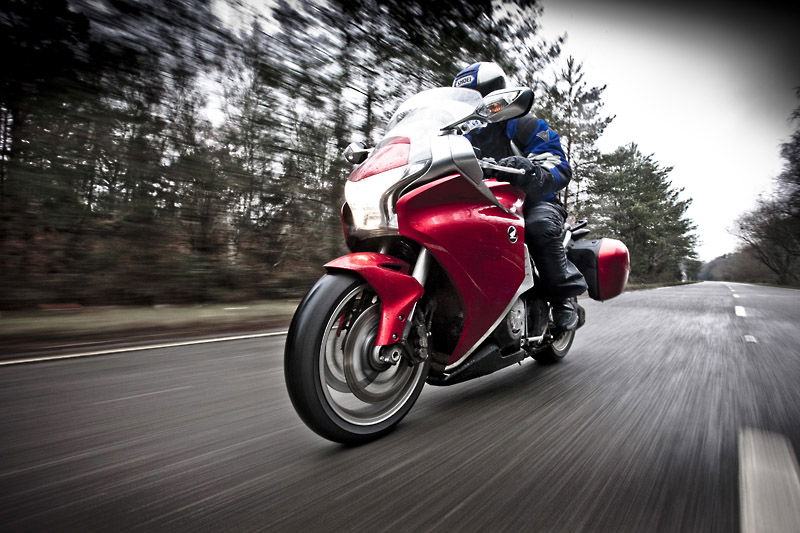They might be giants: Triumph Tiger & Benelli Tre K
It’s a bit like meeting a TV star for the first time, they’re never quite as big as they appear on screen. Say hello to the Triumph Tiger and Benelli Tre K. They’re both big, but which is the best?


Let’s face it, these two very similar bikes are a choice of the head, not the heart. They’ll let you cruise in wind-blast free comfort for tankfull after tankfull. They’ll commute and scratch, and your wrists and neck won’t get the same battering they’d get from an arse-up, head-down sports bike, either.
Both of these bikes will also give you an SUV-style view of the road ahead. Sat in the outside lane of a motorway you can safely peer over four or five cars in front, giving you that comfort blanket of early-warning should anything untoward start to unfold. The upright riding position also makes it a darned sight easier to cock a proper rearward glance before lane changing or overtaking.
The riding position has other obvious benefits, too. Slow speed balance and control is amplified by the leverage from those wide bars and low footrests and the pillion gets a degree of wind protection from the rider because they’re not balanced on top, jockey-style, as absurd as most pillions look on the back of sports bikes. The roomy riding position is also more likely to suit taller, bigger riders.
But let’s face it, for 90% of our road riding, 90% of the time, we’re not chasing tenths of a second or pushing for a lap record. The practicality of everyday modern motorcycling is very different to the marketing manager’s dream. Life’s not a sun-drenched, police-free, perfectly surfaced canyon road. No. The reality is probably more like rain, darkness, diesel spills and heavy, heavy traffic. And gatsos.
That’s exactly what I meant about these two bikes being a purchase of the head. They’re both real-world practical and, we think, a pretty sexy alternative for such eminently sensible bikes.
The Tiger and the Tre K both use three-cylinder four-stroke motors with double-overhead camshafts, fuel injection and six speed boxes with wet, multi-plate clutches. There the similarities stop. In terms of personalities, they couldn’t be much more diametrically opposed.

